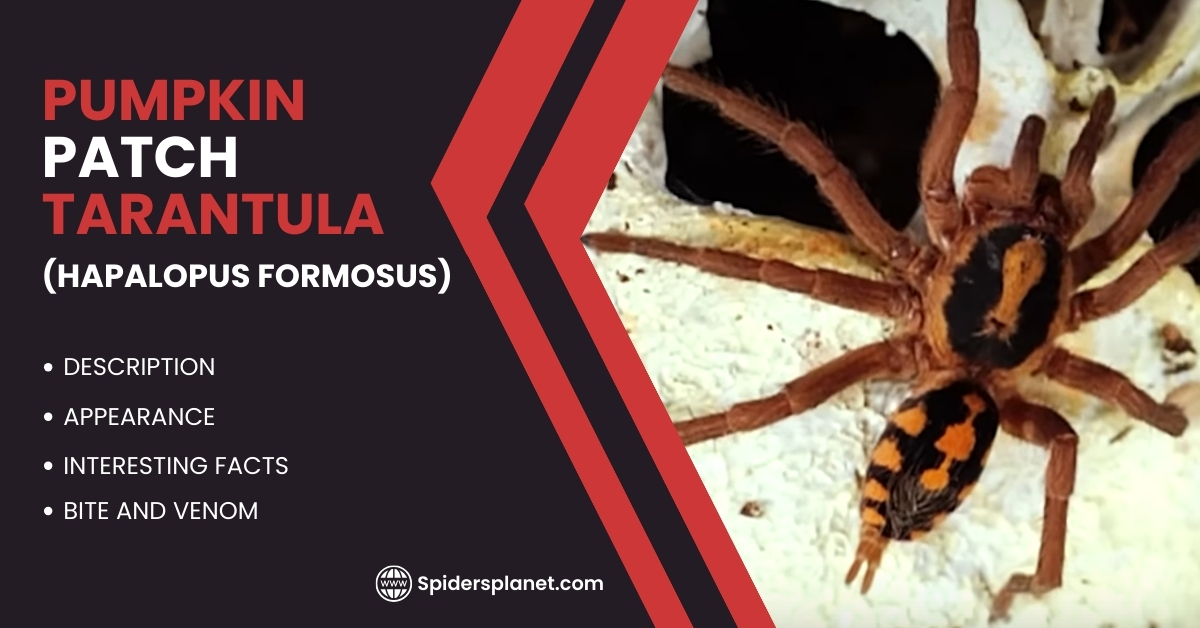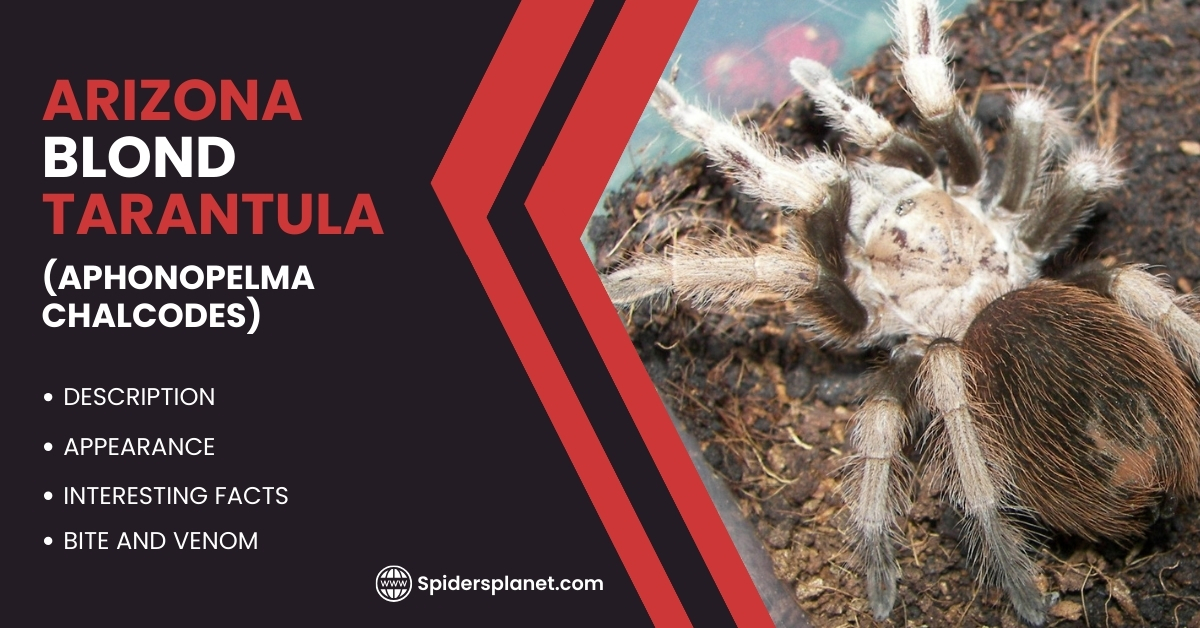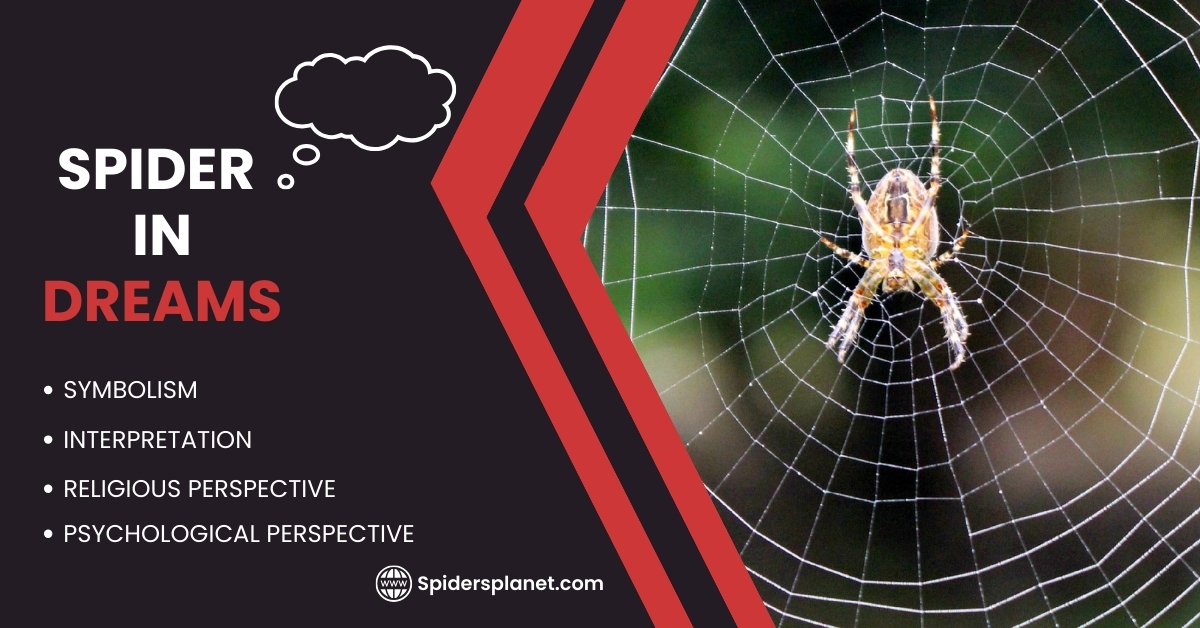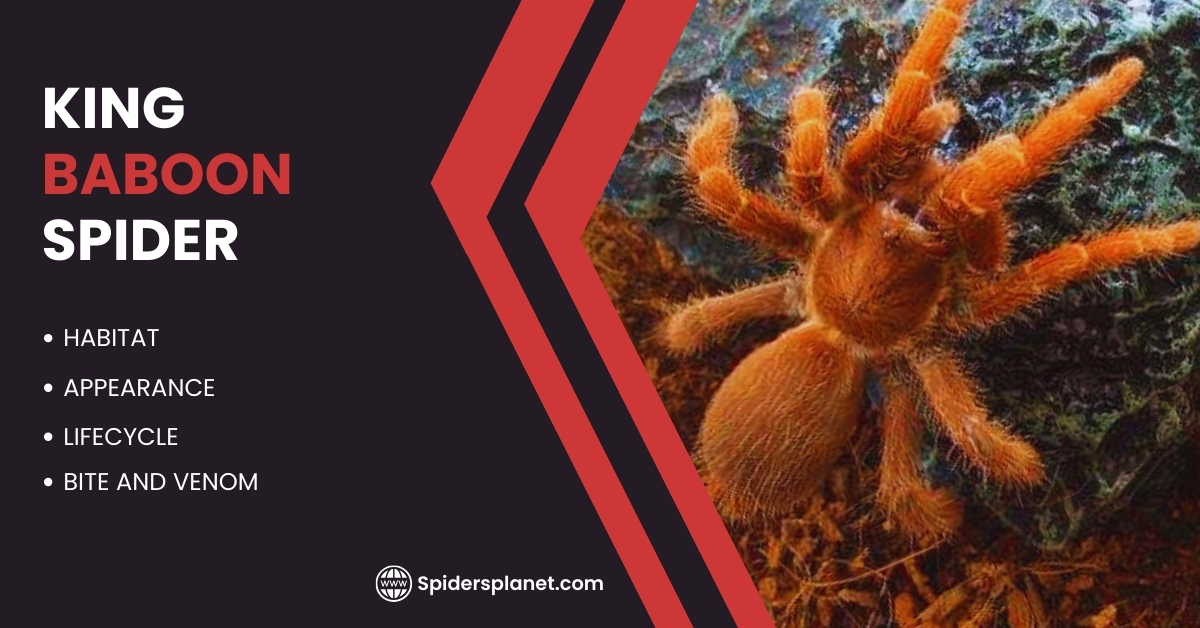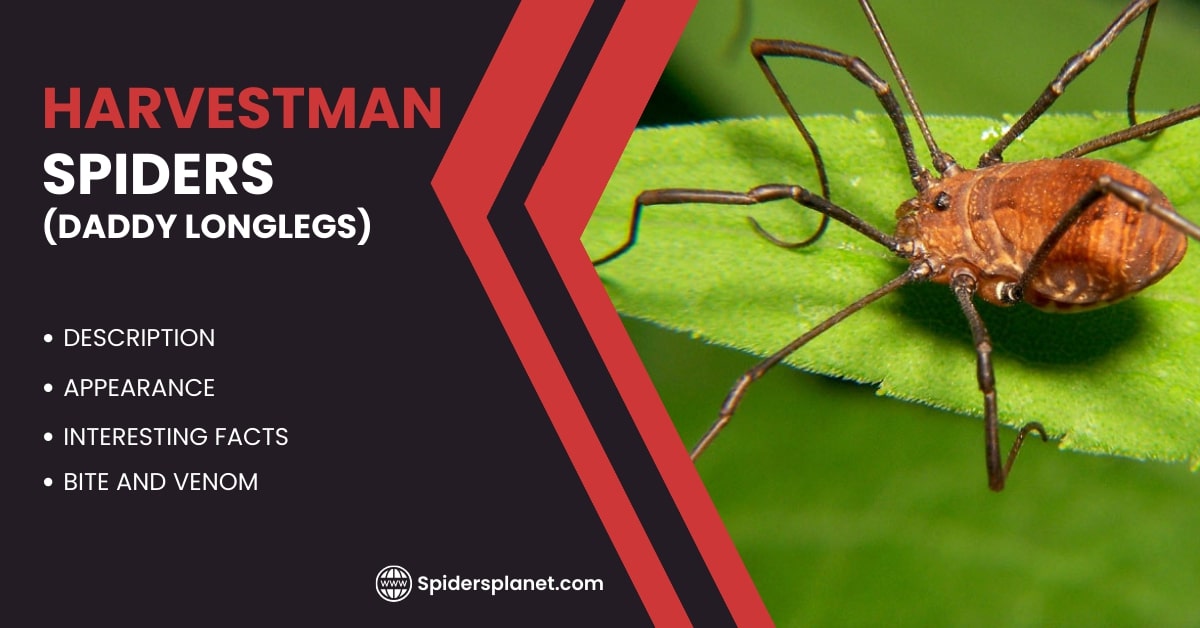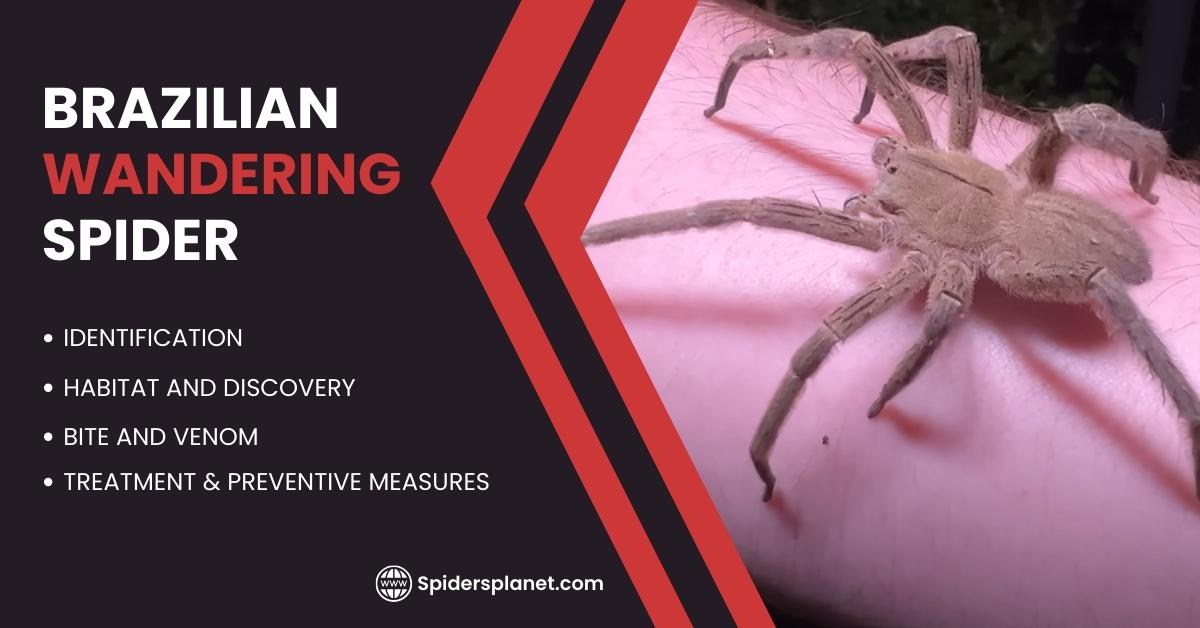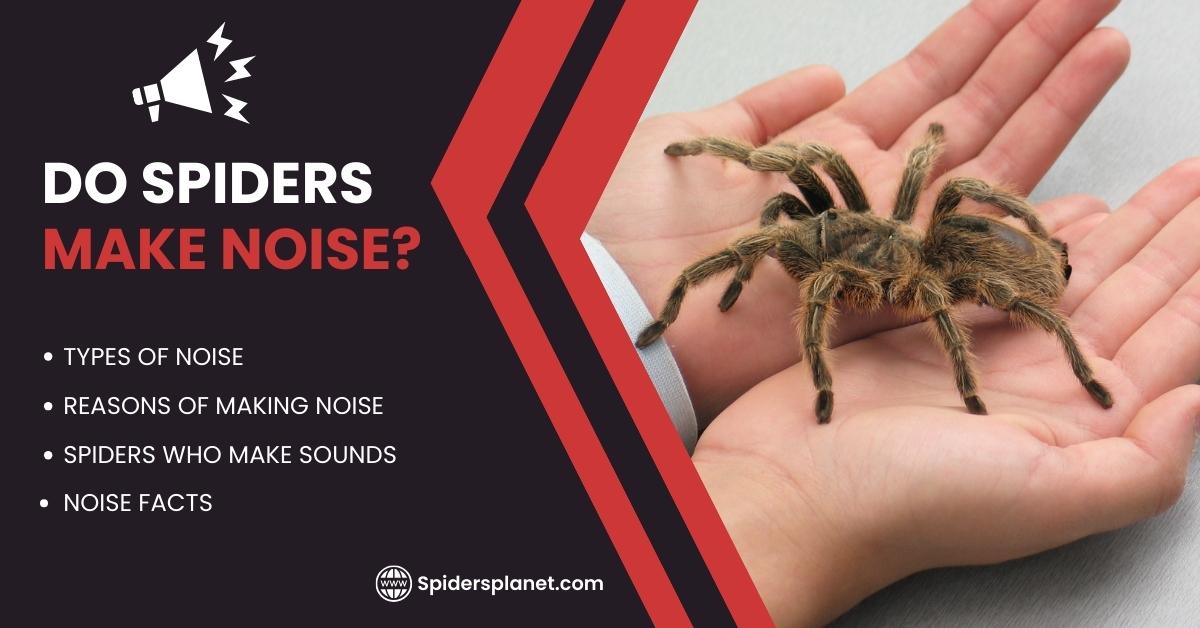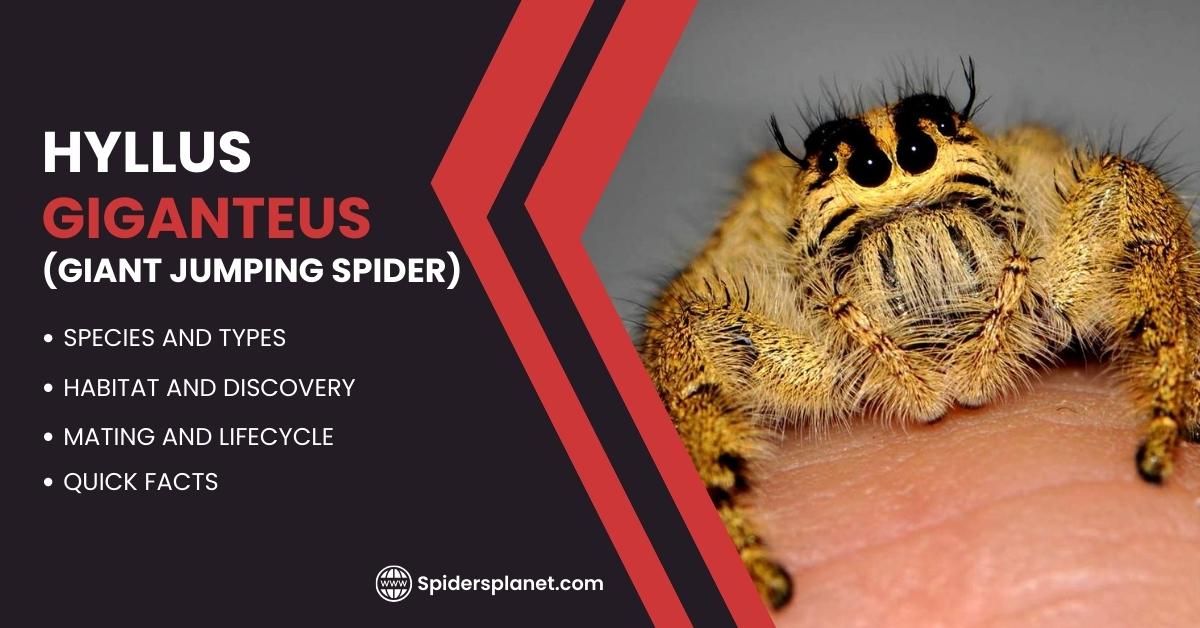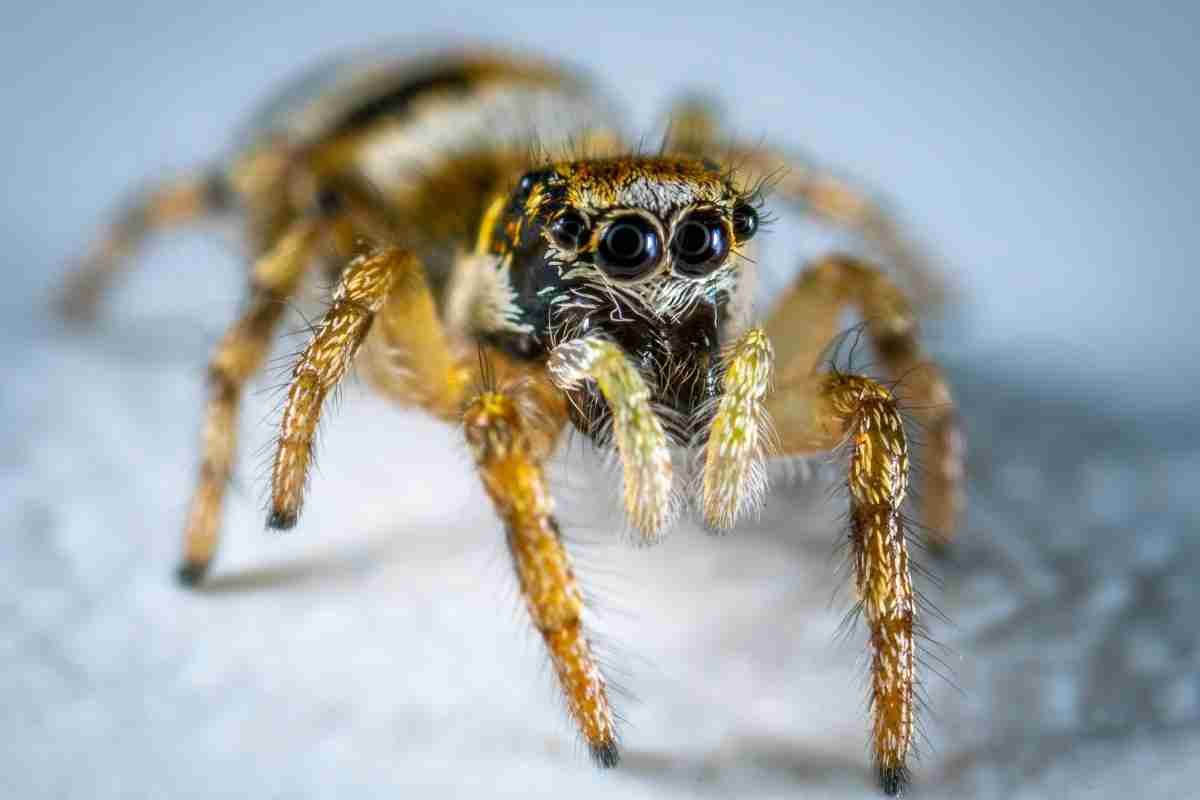Author: Mike Wallace

Pumpkin Patch Tarantula (Hapalopus Formosus): Ultimate Advice
The Pumpkin Patch Tarantula or Hapalopus formosus or Hapalopus sp. Colombia is a unique and colorful spider from Colombia. With its bright orange and black colors, it looks like a tiny pumpkin patch on eight legs! These little tarantulas are about 2-3 inches long, and they are great for people who are new to keeping

Arizona Blond Tarantula (Aphonopelma chalcodes): Ultimate Guide
The Arizona Blond Tarantula (Aphonopelma chalcodes), also referred to as the western desert tarantula or Mexican blonde tarantula, is a captivating spider indigenous to the arid regions of the American Southwest and northern Mexico. With a striking mix of golden hairs, dark chocolate tones, and dark grey shades, this desert dweller, boasting a leg span

Spider in Dreams: What Does it Mean?
Dreams are like secret messages revealing insights about ourselves. Finding Aragog (Harry Potter’s spider) in your dreams is not a big deal; dreams can be quirky. Now, let’s talk about spiders in dreams. They are common and not always a sign of trouble. Surprisingly, in many cultures, dreaming of spiders does not signal something negative.

King Baboon Spider: Intro, Habitat, Looks, Diet & Life Cycle
In the depths beneath the hot East African savannas, a powerful ruler resides—the King baboon spider (Pelinobius muticus). With an impressive eight-inch leg span, this spider commands respect for its size and venomous bite. Unlike its web-building relatives, this monarch prefers an underground domain, overseeing a complex burrow that serves as both a fortress and

Harvestmen Spiders: Unveiling the Myths and Mysteries
Harvestmen spiders, commonly called “daddy longlegs,” part of the Opiliones order, are arachnids known for their unique long legs and compact bodies. With over 6,000 species, they share some traits with spiders but are closer relatives to scorpions. Unlike true spiders, Daddy Longlegs’ bodies appear fused, creating the illusion of a single segment. This distinctive

Brazilian Wandering Spider: Care, Food, Habitat & Preventions
Have you ever heard of or do you know what a Brazilian wandering spider is? It is a big venomous spider from places like Central and South America, and people sometimes call it the banana spider. Why? Well, we are about to find out! These wandering spiders are aggressive hunters who go out on the hunt at

Do Spiders Make Noise? Know the Secret Language of Spiders
Spiders, often imagined as silent weavers of webs, may not be as quiet as we think. The question arises: do spiders make noise? Surprisingly, some spiders do produce sounds, and not all of them remain silent. Certain spider species have unique ways of communicating through sound, emitting hisses, purrs, and other intriguing noises. By the end of

Hyllus Giganteus (The Giant Jumping Spider) – Complete Details
Jumping spiders are a small arachnids. Arachnids are a big group that includes various spiders, scorpions, harvestmen, and others. Jumping spiders are part of a specific group called Salticidae. The Giant jumping spider is known as Hyllus giganteus. Hyllus giganteus is known as the largest jumping spider, found in Australia and Sumatra. What makes this little arachnid

Does Lysol Kill Spiders? Know How With 4 Simple Alternatives
Does Lysol Kill Spiders? If you are one of those people who freaks out at the sight of a spider, you may have considered using Lysol to kill them. But, does it actually kill spiders? And if so, should you use it? Yes, Lysol does kill spiders! It works by causing an imbalance in the

